– Feed the Ducks –
Many of us have grabbed a loaf of bread and headed to a pond or lake with our families to “feed the ducks.” That was before we knew it wasn’t good for them.
When ducks see us arrive with our loaf of bread, they hurry to greet us as they wait for treats. But bread is not healthy. It fills them up and provides little to no nutritional value.
Did you know that feeding ducks a high-protein, high-carbohydrate diet, which includes food such as bread, can cause a deformity known as Angel Wing? Angel Wing occurs when the wing bones grow too fast, causing joints to swivel and making the duck unable to fly. Ducks with Angel Wing cannot fly to new food sources and may be ousted from their flock.
So, what do ducks eat?
In the wild, ducks forage for snails, worms, insects, frogs, salamanders, fish and fish eggs, nuts, fruits, berries, and plants.
When we know better, we do better.
Good snack foods for ducks include lettuce, cabbage, kale, pea shoots, cucumber, corn, peas, beans, broccoli, beets, squash, flowers, alfalfa, tomatoes, eggplant, peeled bananas, pineapple, and pomegranate seeds.
Remember: Don’t let ducks become dependent on you for food or allow them to fill up on snacks, no matter how healthy they may be. Nature provides a healthy diet with all the nutrients ducks need.
Reference: Blog Education National Geographic

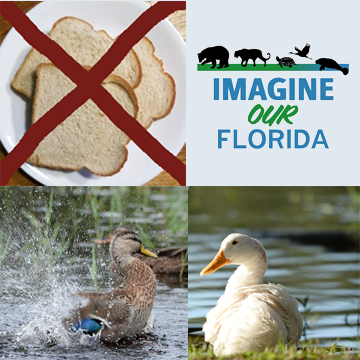
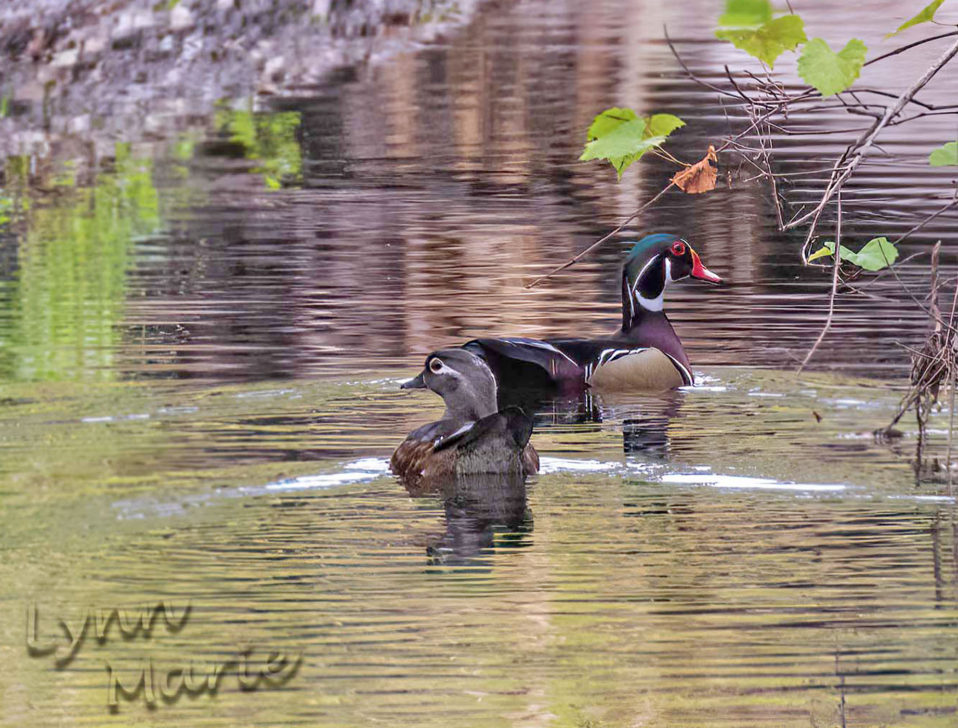
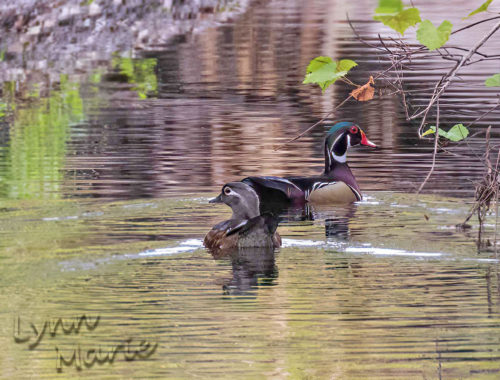
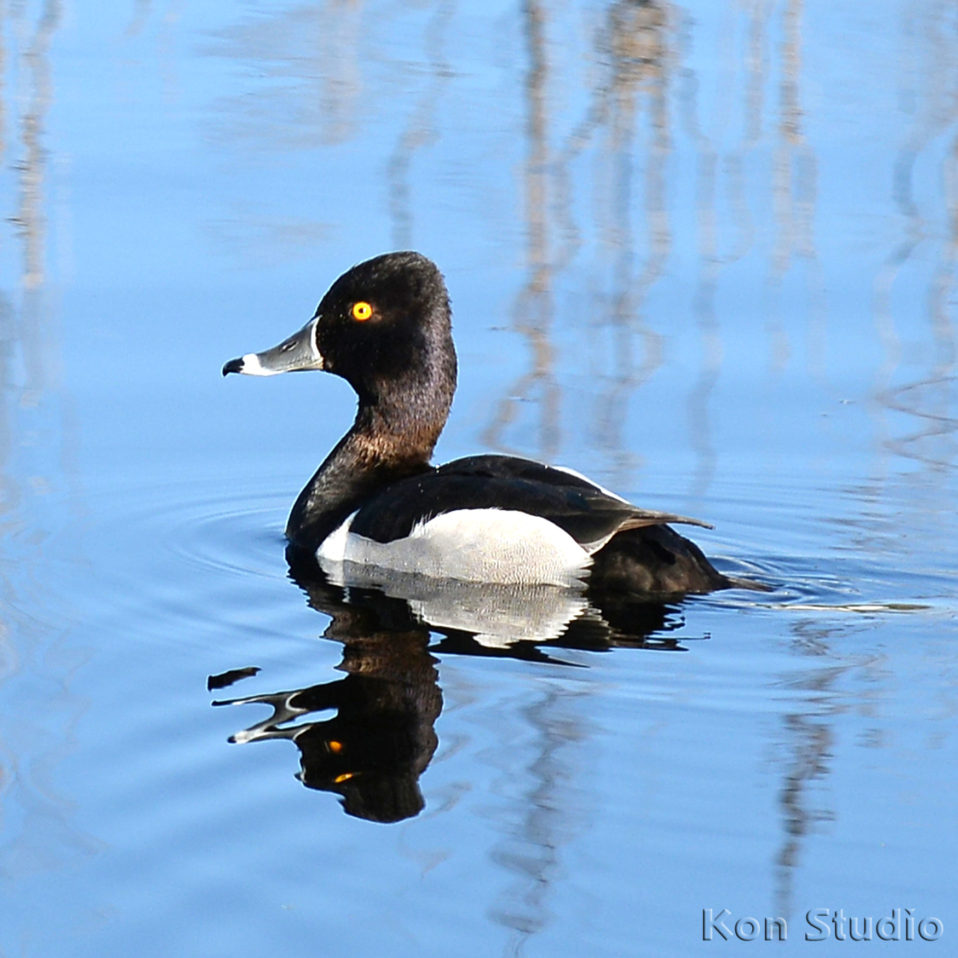
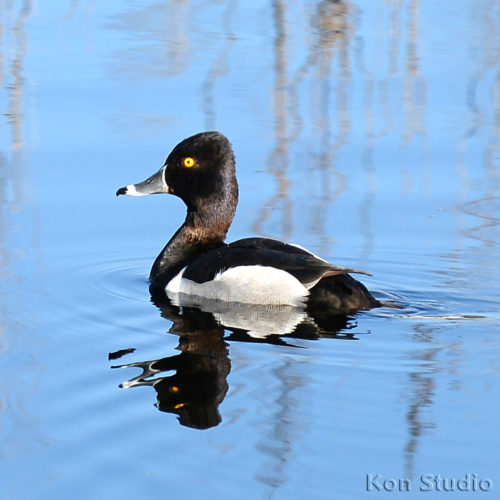
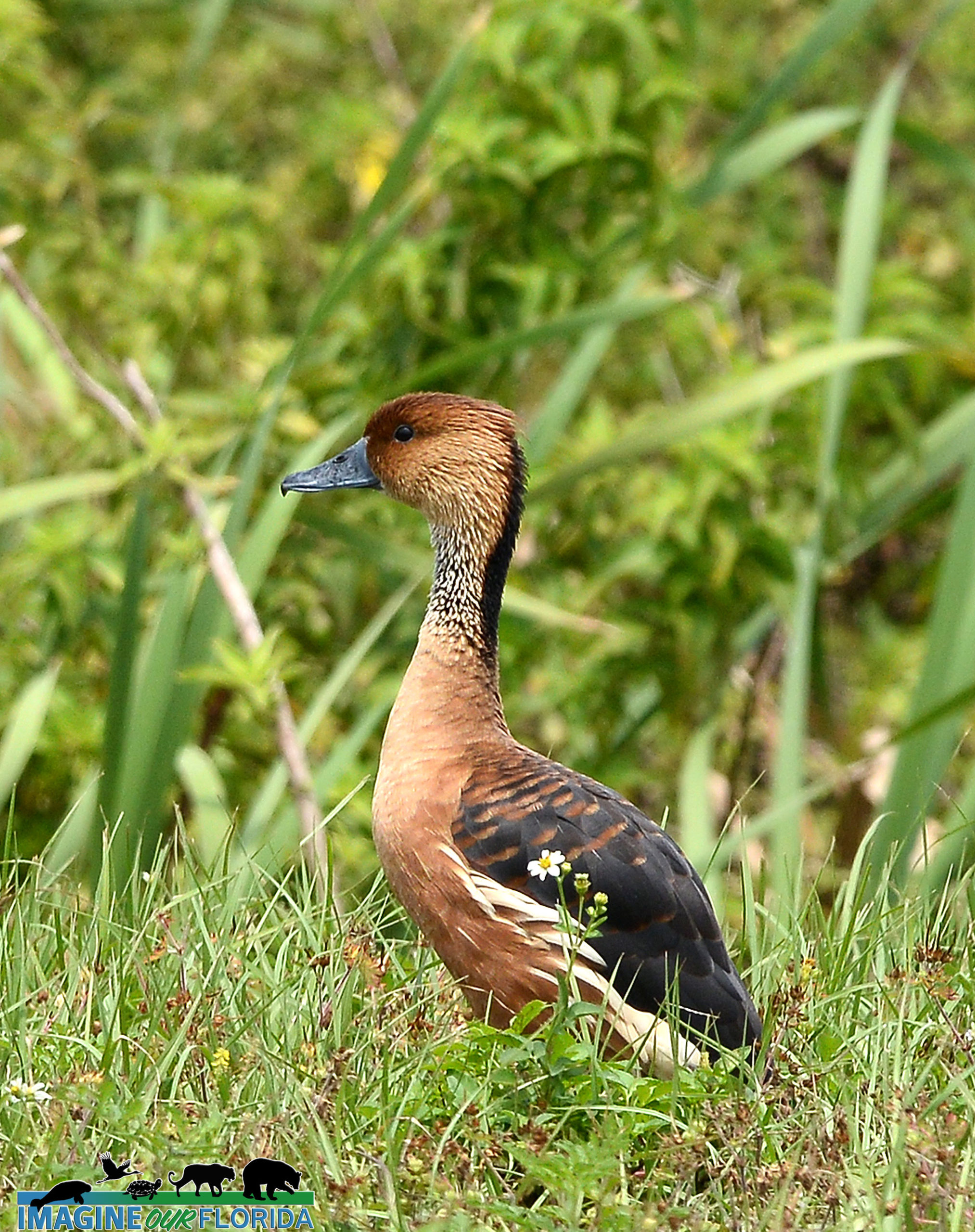
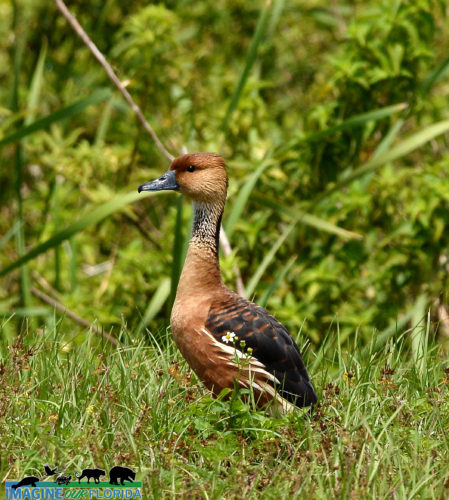
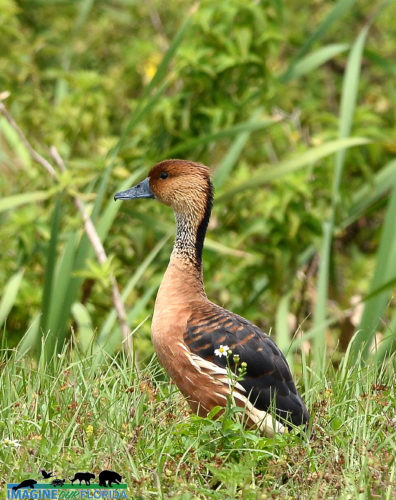
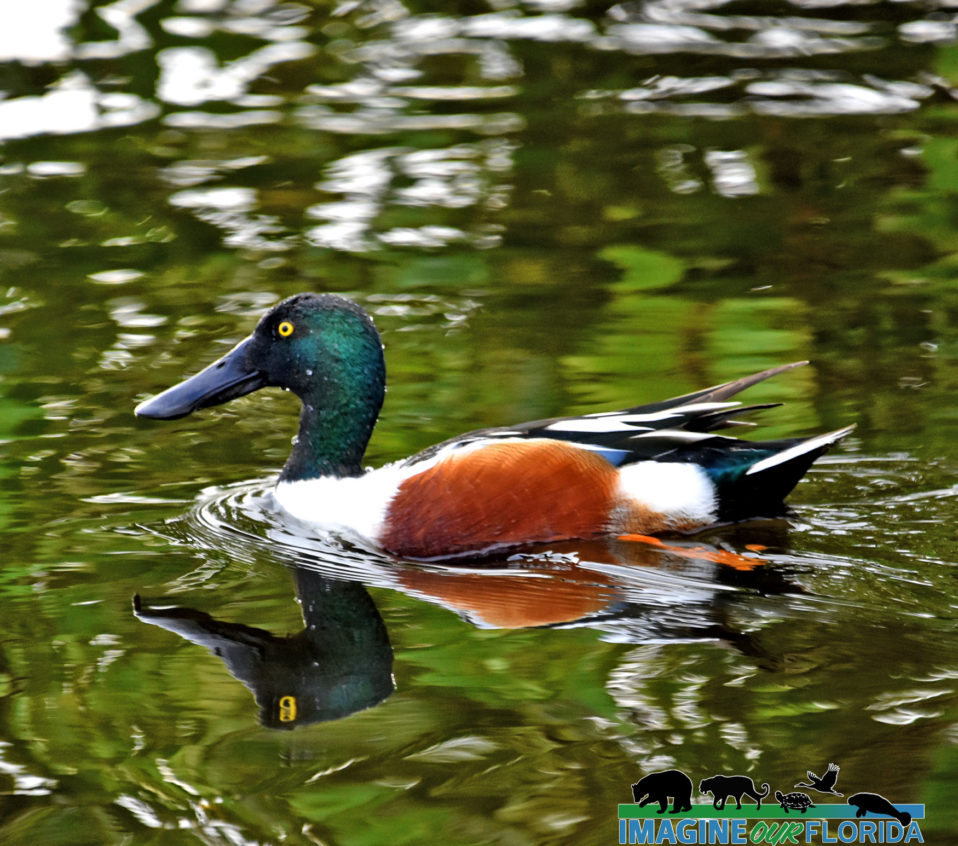
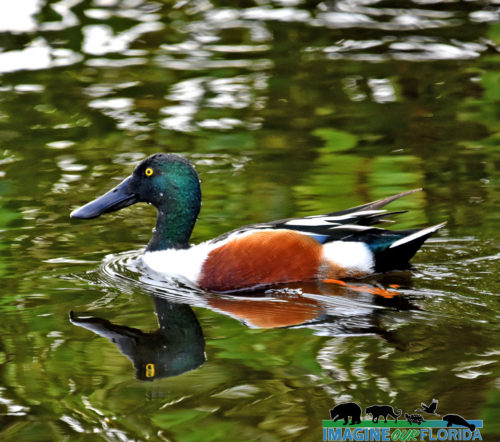
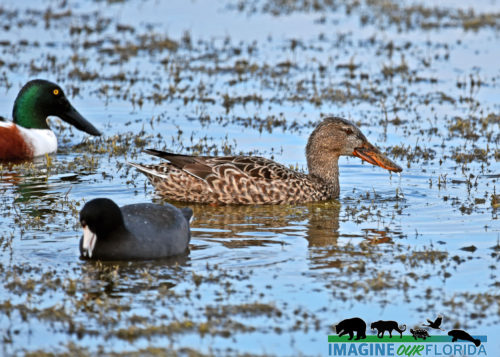
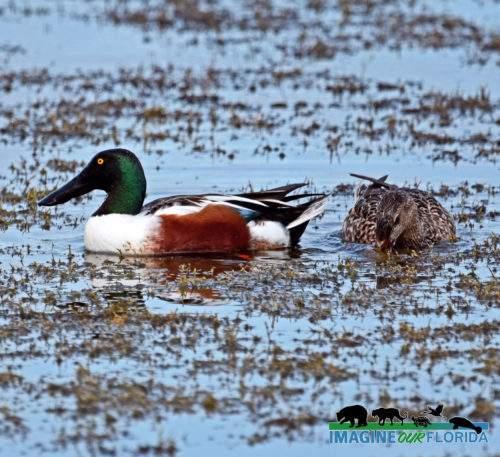
Recent Comments